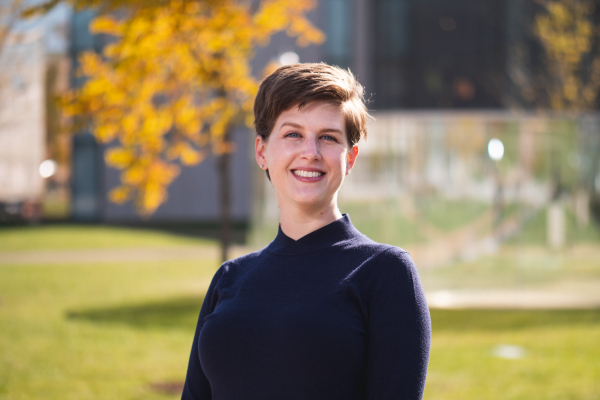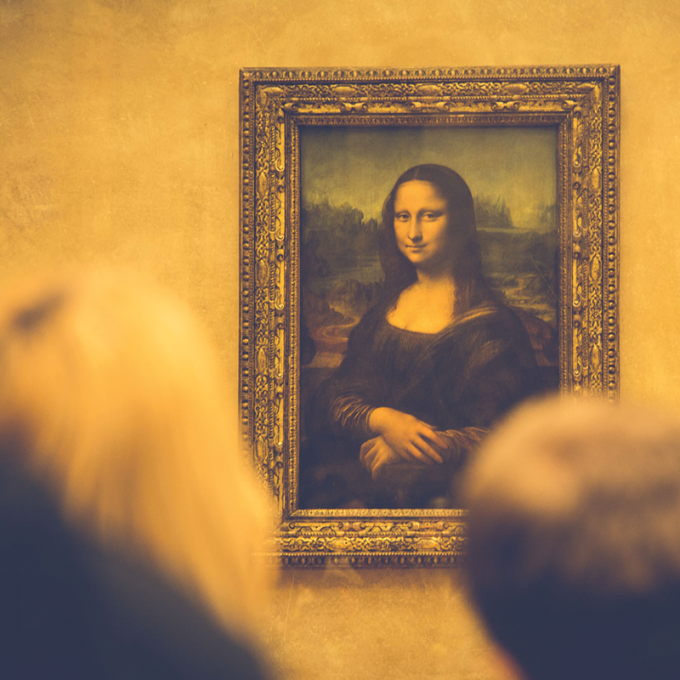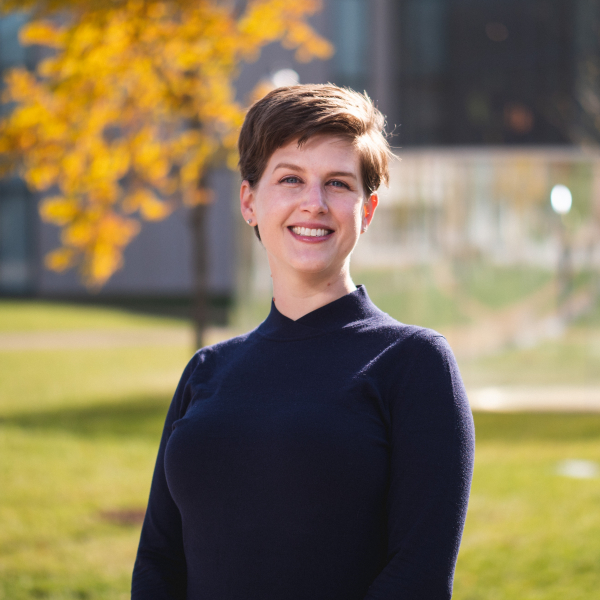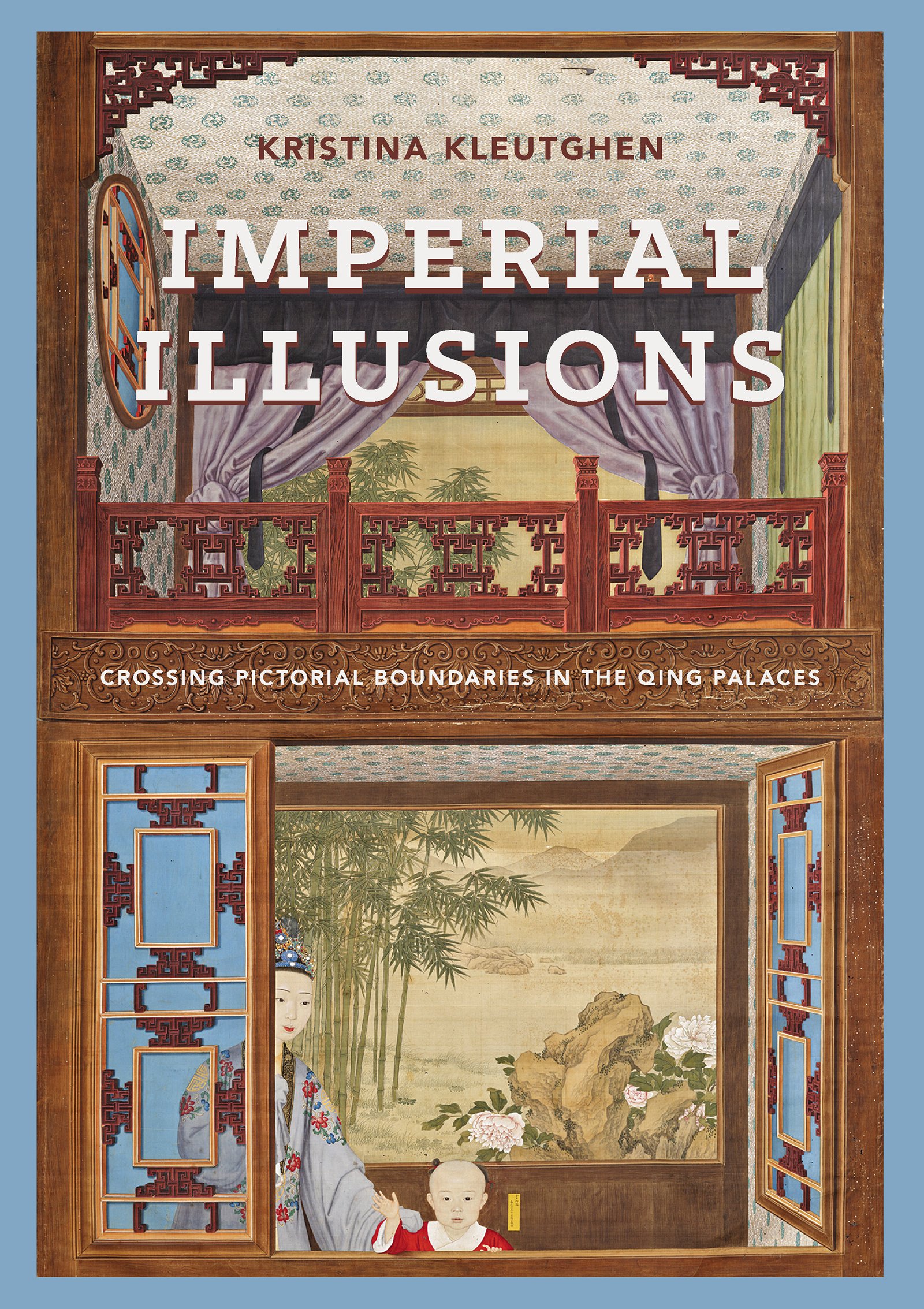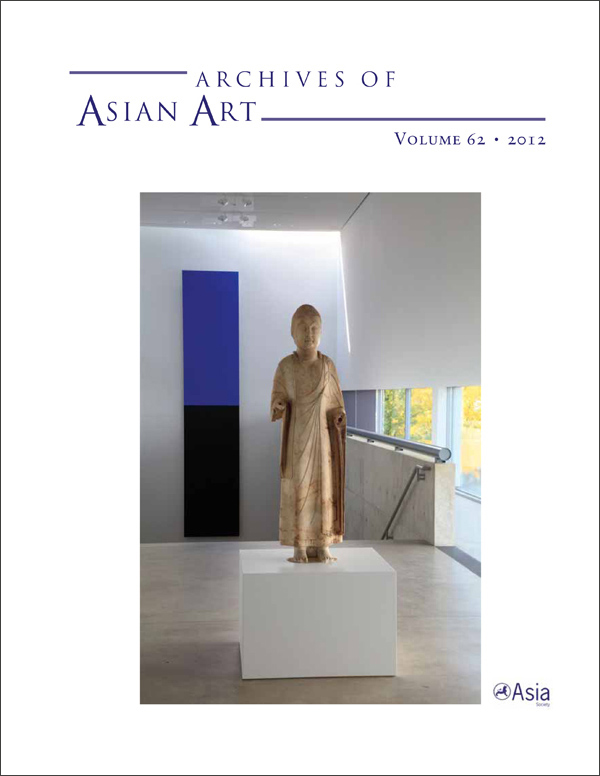Kristina Kleutghen is a specialist in Chinese Art, particularly of the Qing Dynasty (1644-1911). Focusing on early modern, modern, and contemporary Chinese art, her research investigates Sino-foreign interaction, the imperial court, optical devices, and connections to science and mathematics.
Her research has been supported by the Blakemore Foundation, the Andrew W. Mellon Foundation, the National Endowment for the Humanities, and the Getty Research Institute.
Her first book, Imperial Illusions: Crossing Pictorial Boundaries in the Qing Palaces, was recently published by University of Washington Press.
Her second book, Lens onto the World: Optical Devices, Art, Science, and Society in China (under advance contract with University of Washington Press), will be the first to study the forgotten relationship between Chinese optical devices and art from the fifteenth through early-twentieth centuries. When the first Chinese treatise on optics appeared in 1847, it was inspired by the wide range of optical devices that had circulated in China for nearly three hundred years. Since these devices were considered more within the realm of art than of science, their presence resulted in a wide range of paintings, prints, and visual culture. These works reveal that the effects of optical devices on vision and visuality arose less from foreignness, as might be expected, than from local culture and social class.

